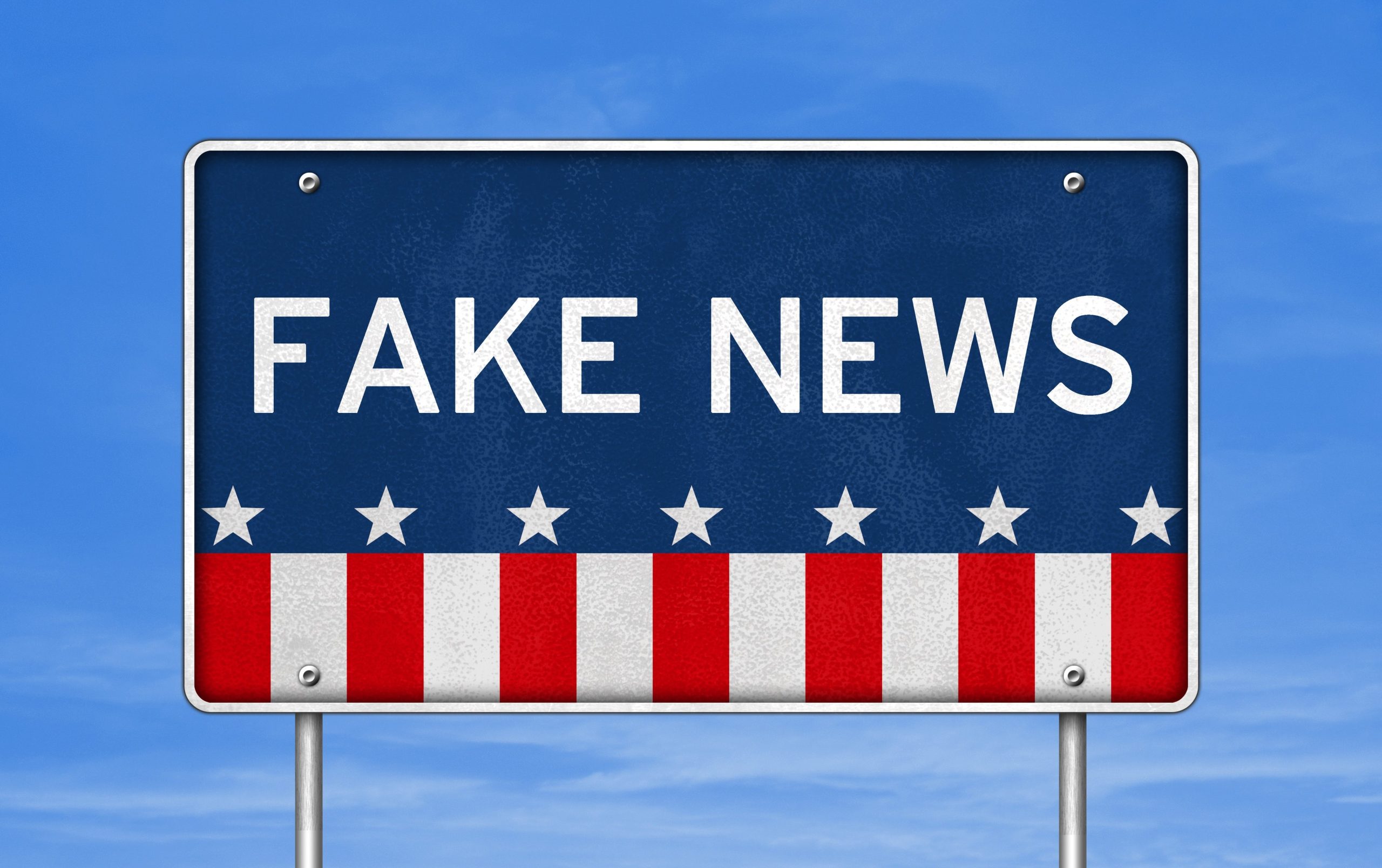Media
Media Manipulation: How Mainstream Outlets Use Tactics to Influence Public Opinion
-

 Trump6 years ago
Trump6 years agoHuawei, Android, ARM and Trump: update on the situation
-

 Politics6 years ago
Politics6 years agoReelection: Trump launched his US presidential campaign
-

 Uncategorized6 years ago
Uncategorized6 years agoHuawei says Facebook, Messenger, WhatsApp and Instagram continue to work on their smartphones
-

 Politics6 years ago
Politics6 years agoGafa tax: Trump denounces Macron’s “stupidity” and threatens to tax French wine
-

 Business6 years ago
Business6 years agoIndia applies new tariffs on US goods : New Trade fight ?
-

 Uncategorized6 years ago
Uncategorized6 years agoInstagram is down : Errors and bugs
-

 Trump2 years ago
Trump2 years agoHow to Respond to Trump Haters: A Guide to Shutting Down the Opposition
-

 Trump 20242 years ago
Trump 20242 years agoFormer President Donald Trump’s indictment and the impact on 2024 election





